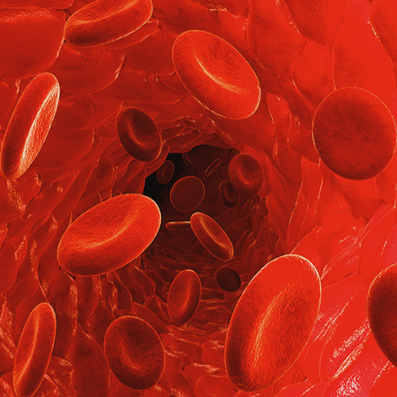
One of the scariest things about the new coronavirus is that there aren’t any validated treatments. Plenty of ideas are in the works: a decades-long anti-malaria pill, blood components from people who’ve recovered, broad spectrum anti-viral drugs originally designed for Ebola. Given their familiarity, repurposing existing drugs may be a highway to quick Covid-19 treatments.
Also rushing ahead with lightning speed is another type of initiative, something extremely classic but now tinted with the urgency of a pandemic: de novo drug discovery, or developing drugs from near scratch.
In a way, finding drugs that specifically target SARS-CoV-2, the virus that causes Covid-19, is more intimate than repurposing drugs.
Rather than scouring through candidates that might work for many targets, these efforts focus on the virus itself, trying to tease apart single “Weak spots” that allow man-made chemicals to disrupt its replication.
You may have heard the rule of thumb that a new drug against a new target takes at least 10 years to develop.
Thanks to previous coronaviruses SARS and MERS, scientists have a general idea of how they work: how they infect cells, how they replicate, what types of tissues they prefer.
Last week, the pharmaceutical giant Pfizer announced its intent to start human tests on a potential new drug for SARS-Cov-2 this fall, in case the virus or its cousin returns for the next go-around.
The result is a dramatically accelerated drug discovery timeline: from target discovery to candidate testing, while pulling out all the stops modern science has to offer us-lab-grown mini-organs, for example.
Here’s a deep dive into one Covid-19 drug candidate, APN01, in the pipeline. While APN01 may not necessarily be the hero that saves the day, it does provide a look at what’s possible in drug discovery when the world unites-an aspiration that will hopefully carry to other fields, such as Alzheimer’s or heart disease, long after the pandemic dies.
Almost every single modern drug starts with target discovery. Viruses generally enter a cell in a Marco-Polo sort of collaboration. Protein components on a virus act as a “Marco” component. Only when they latch onto their “Polo” partner on a human cell can the virus inject its genomic material into a cell for further replication.
Block the ACE2 “Receptor” on the cells; block viral entry. News of a novel coronavirus began spreading from Wuhan, China.
Penninger’s team immediately noticed similarities: the part of SARS-Cov-2 that binds to our cells and gains entry looks remarkably similar to the original SARS. ACE2 became an incredibly attractive target for an anti-Covid-19 drug.
Once a target is acquired, there are several ways to design a drug.
If the new coronavirus requires ACE2 to tunnel into cells, what if we give it a bunch of fake, synthetic ACE2s to grab onto and destroy instead?
Remarkably dosing coronavirus-infected lung cells in a Petri dish with hrsACE-2 dramatically blocked the virus from entering the cells and reproducing.
In other words, hrsACE-2 passed the first hurdle as a viable drug with flying colors.
A main revolution in biological research is the boom of organoids, or 3D “Mini-organs” that better resemble our own lungs, hearts, and kidneys compared to cells spread on a Petri dish.
After validating their drug on cell cultures, the team next turned to organoids of many flavors: blood vessels and kidneys, both grown from induced human stem cells, or iPSCs.
To their surprise, the virus wasn’t dedicated to lung cells.
When dosed with hrsACE2, the drug candidate, the virus also disappeared in these auxiliary organ targets.
The next step usually requires a new drug to be tested in living animal models.
Under the pandemic umbrella, this is also where the drug development timeline diverges from normalcy.
Nearly every single drug on the market has gone through this process, but never on this crazy accelerated timeline.
To be fair, hrsACE-2 isn’t entirely de novo; yet shuttling the drug through the development pipeline still hit most traditional guideposts
